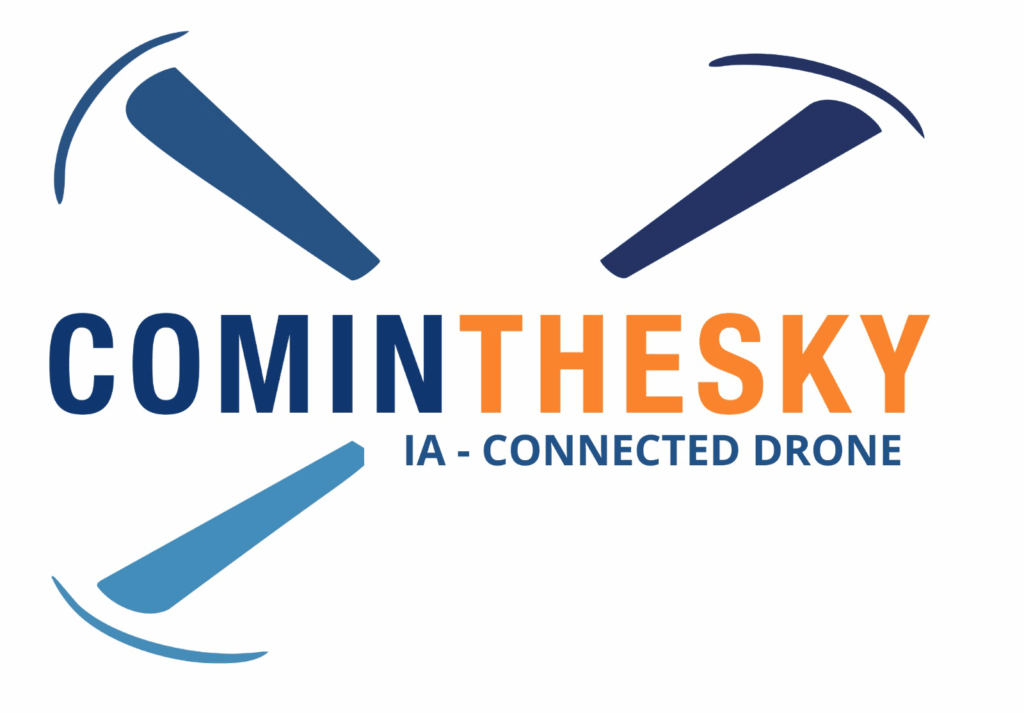The gull population has significantly increased over the past 20 years and has now generally stabilized, although there are variations from one city to another. However, with virtually no natural predators and tendency to nest in city centers on our rooftops, gulls are harming the biodiversity of other bird species and become particularly aggressive during nesting season and after their chicks are born. This is becoming a serious concern for residents in certain cities.
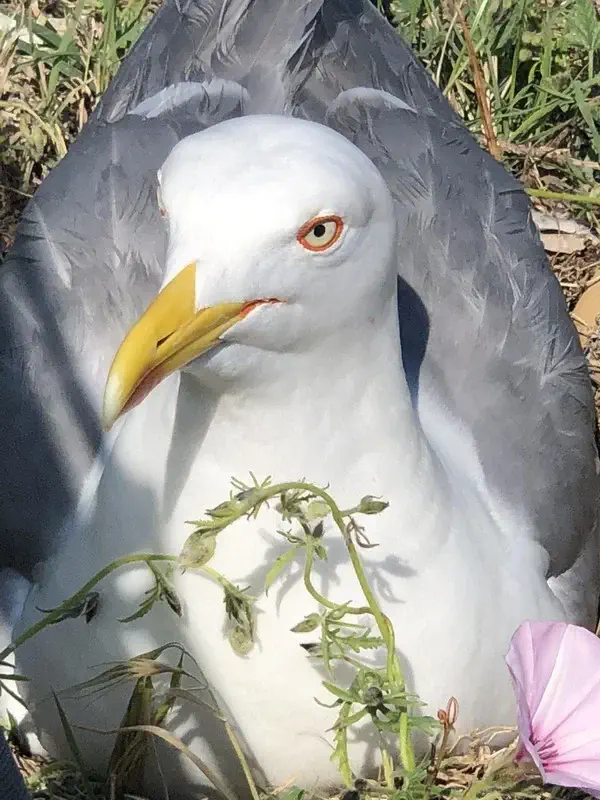
Solutions for Managing Gull Populations
Traditional Solutions to Control Urban Gull Populations
There are several long-established methods have been used to manage gull populations in city centers
Frightening Gulls Away with Drones
The first method involves scaring off gull populations. The objective here is to frighten the gulls away from a targeted area using sounds and/or lights, it’s an effective and non-lethal solution We offer this deterrence system via drone. However, its main limitation is that it only works in the short term, as gulls often return after the drone mission ends. It’s a practical solution if you have significant roofing work to do during nesting season or in summer when chicks have hatched.
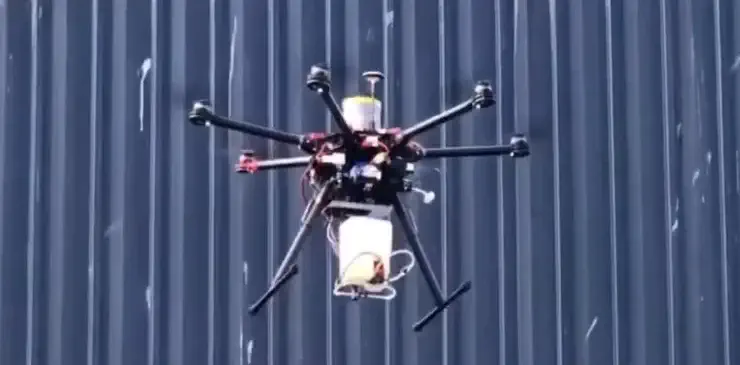
Removing Gull Eggs or Nests
The second method is the manual removal of gull eggs, which is both time-consuming and expensive. As an alternative, we offer the removal of empty gull nests to prevent future nesting, using drones to carry out this operation.
Sterilization of Gull Eggs
The final method is egg sterilization, which is the most well-known approach for managing urban gull populations. But, this technique can be dangerous as it requires hiring rope access technicians working at height, often under aggressive gull attacks during the nesting season. Furthermore, this type of intervention is costly due to labor involved and the lengthy time required to complete a full sterilization campaign.
Innovative and Effective: Drone-Based Gull Egg Sterilization
Since 2014, our team has achieved a world-first solution by introducing an innovative drone-based gull egg sterilization, carried out by experienced drone pilots skilled in flying near rooftops in urban centers and coastal areas, even under frequent strong winds. Our pilots are certified by national reference ornithological centers, ensuring they have the expertise to identify different gull species. This is crucial because local prefectures often grant sterilization authorization for specific species only.
The sterilization technique using drones has evolved and significantly improved, and since 2018, we’ve been performing drone-based egg sterilization with great efficiency. Each year, we further enhance our fleet of drones dedicated to this application, which our clients recognize as the most reliable and economical option for this type of mission, in a controlled manner, and most importantly, at low cost compared to standard human intervention. Improvements primarily focus on flight quality to be faster and more efficient, and to create conditions that avoid gull attacks during sterilization. We’ve now achieved an optimal solution for both clients and pilots. Our drones aare now integrated with a cutting-edge real-time tracking app for complete monitoring and control.
Types of Gulls
Yellow-legged and Herring Gulls
The Yellow-legged Gull (Larus michahellis) and the Herring Gull (Larus argentatus) appear similar at first glance; in fact, the Yellow-legged Gull was once considered a subspecies of the Herring Gull. The Yellow-legged Gull is primarily found in the Mediterranean basin, while the Herring Gull is more common along the Atlantic coast and the English Channel. Both species have light gray backs, but Herring Gulls tend to be bulkier and less vocal than Yellow-legged Gulls. However, the most reliable way to distinguish them is by their legs and beak: yellow-legged gulls have yellow legs and beaks, while herring gulls have pink to greyish legs and a yellow beak with a distinctive red spot.
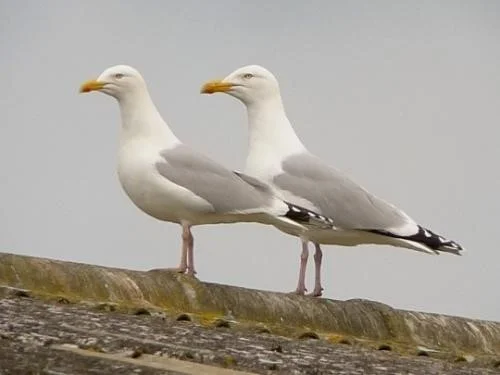
Great Black-backed Gulls
The Great Black-backed Gull (Larus marinus) is the largest gull species in the world, reaching a wingspan of up to 1.70 meters (5.6 feet) and weighing 2.3 kg (5.1 lbs). It is easily identified by its black back, pink legs, and large yellow beak marked with a red spot, similar to the Herring Gull. It inhabits the same regions in France as the Herring Gull, particularly along the Atlantic coast and in the Channel, often found on nesting cliffs, beaches, or in ports. The Great Black-backed Gull is a feared predator within gull colonies, feeding on fish, waste, and even the eggs of other bird species.
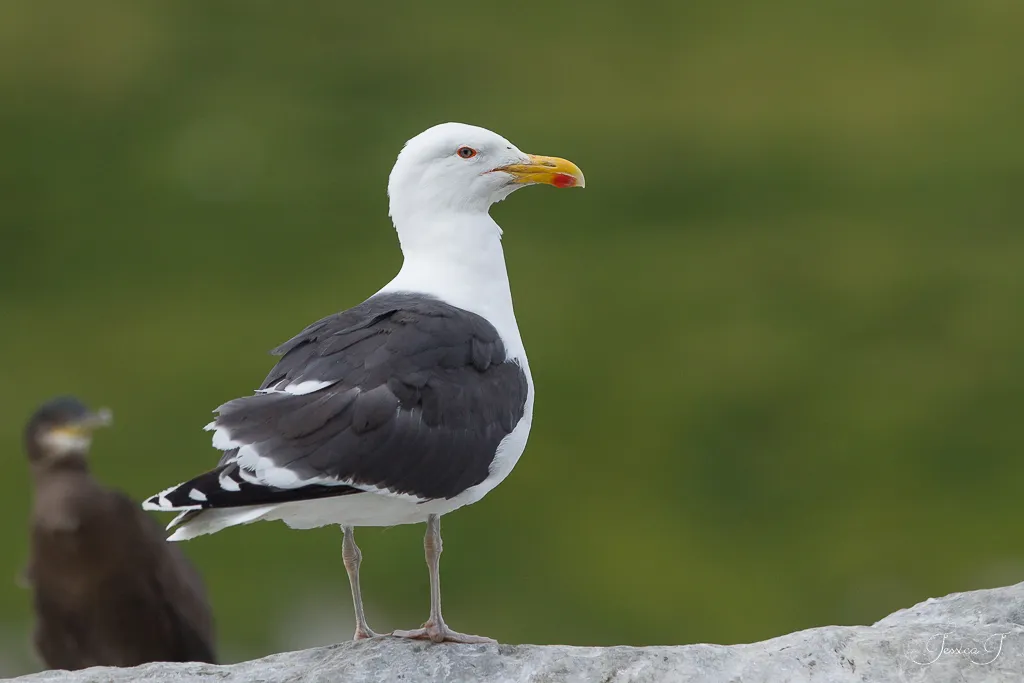
Lesser Black-backed Gulls
The Lesser Black-backed Gull is a medium-sized, more slender than the herring gull, and with a noticeably darker back. which it’s not as closely related to the herring gull as once thought. Its plumage contrasts sharply with the rest of its body, making it relatively easy to identify. It has yellow legs and a yellow beak with a red spot. This migratory bird is found in northern Europe, particularly in the tundra regions, and migrates south for the winter. In France, it’s predominantly present along the Atlantic coast and in the English Channel. Unlike the yellow-legged gull, it is less urban and tends to nest on coastal areas or islands.
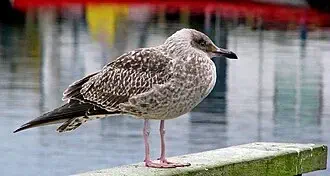
Damage and Nuisances Caused by Gulls
Gulls, particularly Yellow-legged and Herring Gulls, are increasingly present in urban areas and coastal towns across France. Their adaptation to city environments brings significant nuisances and damages affecting residents’ quality of life and degrading buildings.
Noise and Sound Pollution
During the breeding season (spring and summer), the loud and repetitive cries of gulls cause considerable noise pollution disturbing both residents and tourists. This can also include newly hatched chicks remaining in nests on rooftops. These cries often begin early in the morning, disrupting people’s sleep. When chicks are present, the noise continues throughout the day, starting at dawn, and can become unbearable for residents who have nests on their rooftops.
Droppings and Soiling
Gull droppings are known for being highly acidic. In the short term, they can damage building facades and public space infrastructure (benches, parks, squares, statues, etc.). Over time, this leads to significant maintenance costs for municipalities. Their droppings also cause hygiene problems around nesting areas and on sidewalks, especially as gulls frequently scavenge through waste bags and trash, spreading litter and attracting other pests like rats.
Aggressiveness
Gulls are birds that show little fear of humans and can even become aggressive. During the nesting period, they may become highly defensive and attack anyone they perceive as a threat to their chicks. They won’t hesitate to attack passersby, sometimes causing significant injuries, which can pose a real risk near schools, for example. Even outside the nesting season, caution is needed, actually some gulls will snatch food from restaurant terraces, market stalls, or even directly from people’s hands, often causing scratches or injuries with their sharp claws. There are also numerous reports of gulls attacking and abducting small pets like cats or small dogs, dragging them into the sea and consuming them.
Examples of Gull Nests and Eggs

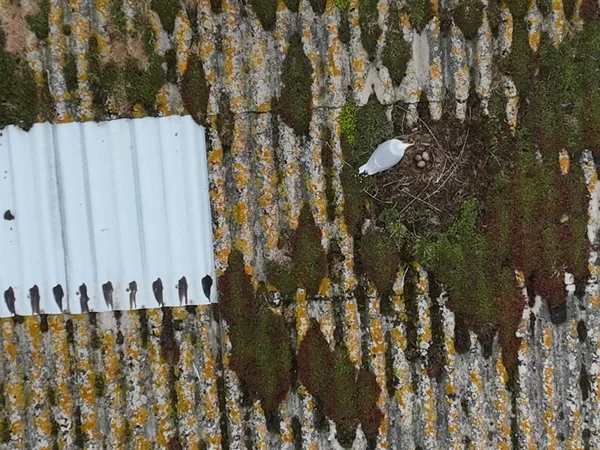

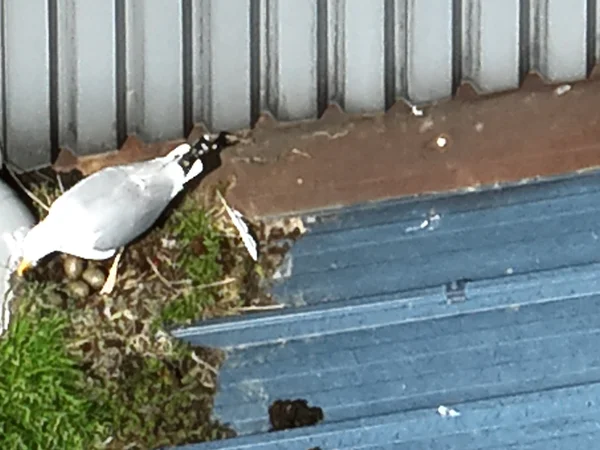

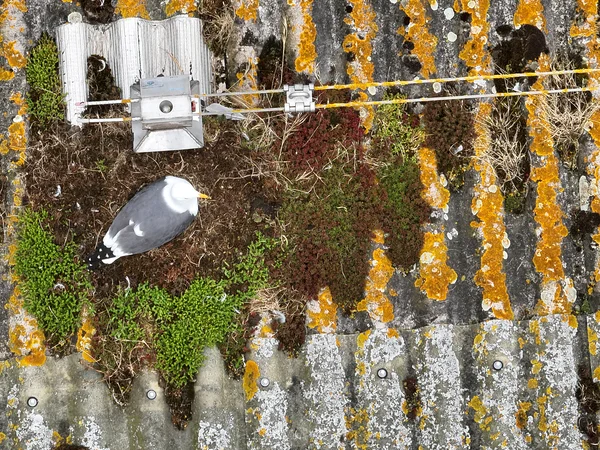
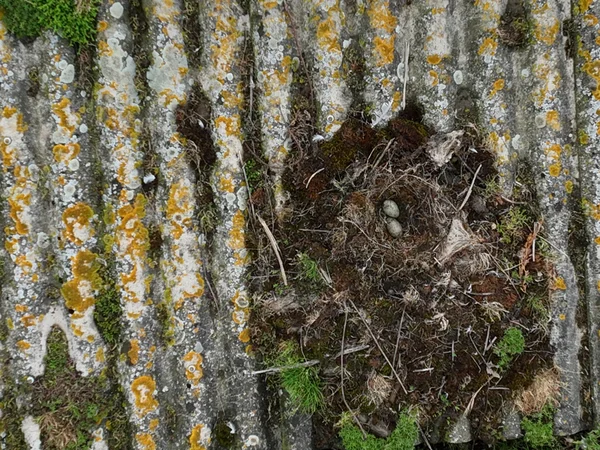
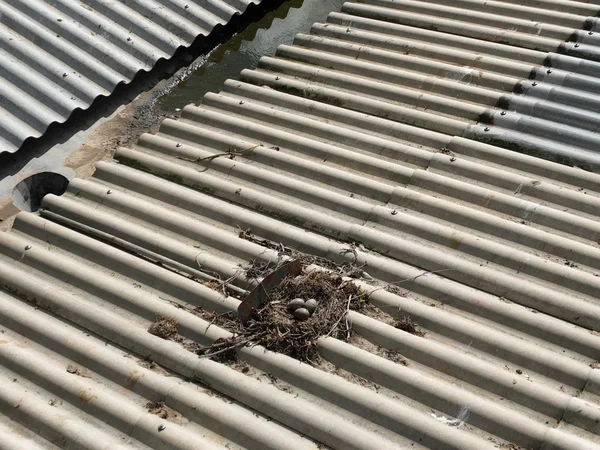
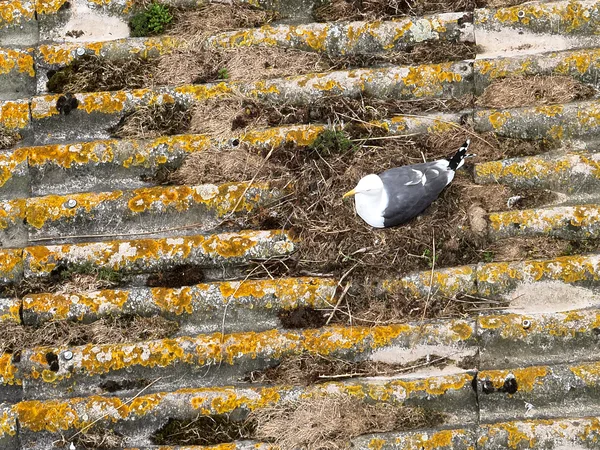
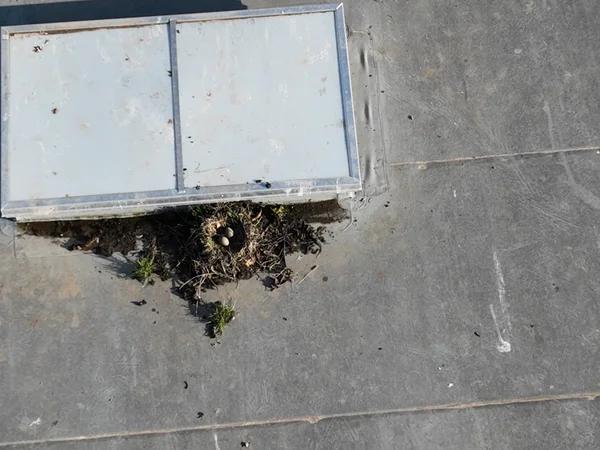
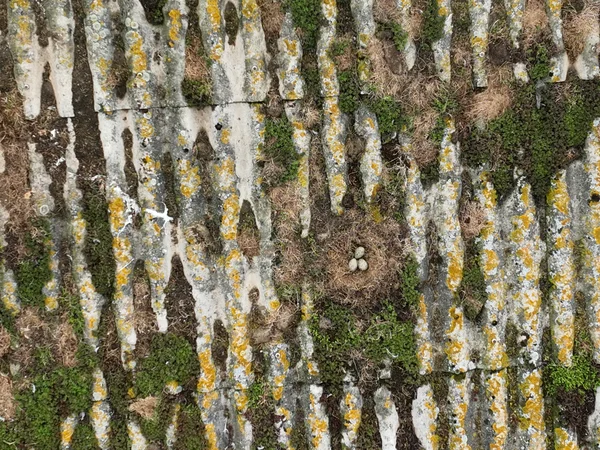
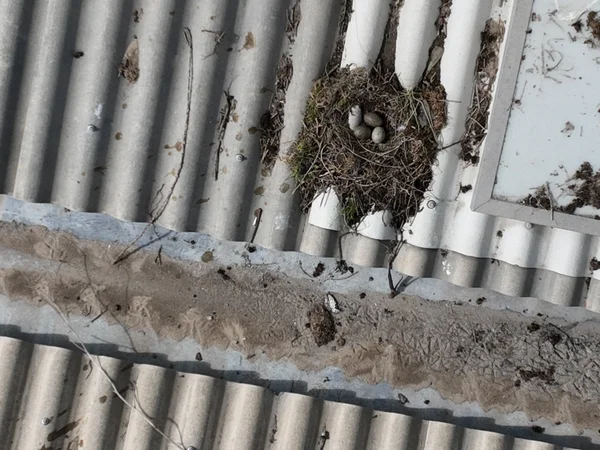
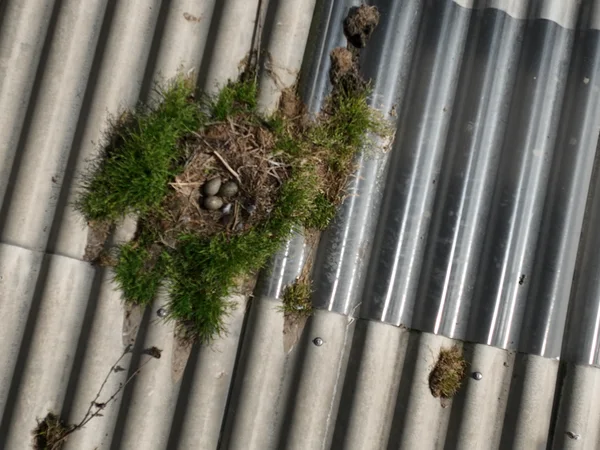
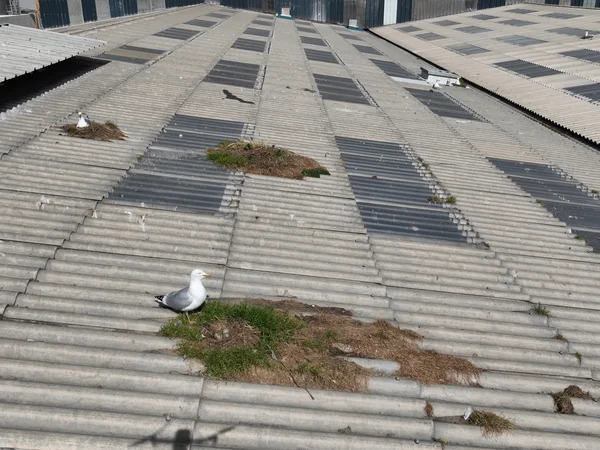
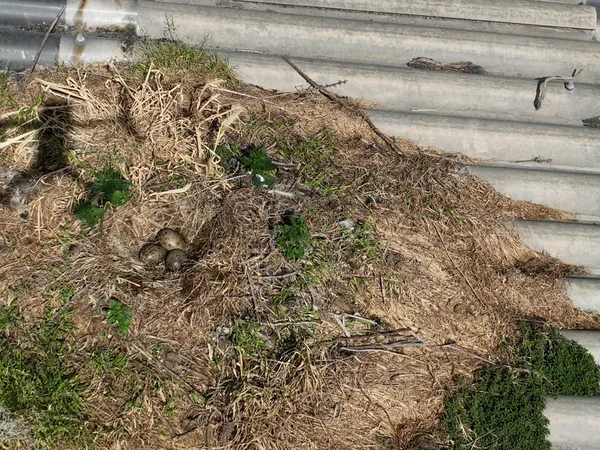
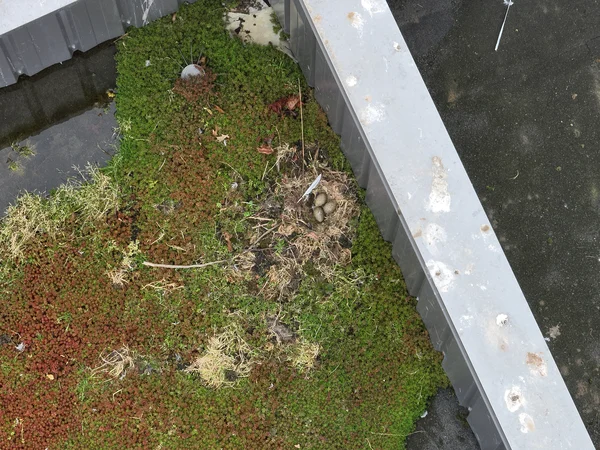
The Growth of Gull Populations
Although gulls are classified as a “protected species,” their population has increased significantly since the mid-20th century. For example, in Marseille, the number of breeding pairs rose from just a few hundred in 1960 to over 23,000 in the 21st century. Several factors explain this rapid growth : the absence of natural predators, the abundance of food waste, and the warmer temperatures caused by climate change, which encourage breeding on rooftops. In some cities, such as Nice, the number of nesting gulls increased tenfold between 1985 and 2015. Although growth has slowed slightly in recent years, the phenomenon continues to increase, particularly in ports and urban areas like city centers. In Saint-Malo, for instance, over 800 nests were recorded in 2022, compared to 600 in 2015. These figures reflect a growing urbanization of the species, which is increasingly settling in cities at the expense of natural habitats.
Learn More About Our Drone Solution and Services
While gulls remain a protected species, their population requires control, especially in urban areas due to the many nuisances they cause. That’s why we’ve developed a drone-based sterilization solution that allows for rapid, accessible, safe, and low-cost sterilization. Drones enable more targeted population control in urban areas (without altering their habits in natural environments). We also provide follow-up monitoring using geolocated photos, mapped on a dedicated web application, allowing us to track nesting trends and the impact of sterilization campaigns year over year. We’ve been successfully conducting these drone sterilization missions in cities like Cannes, Saint-Malo, and Dinard for several years.
Additionally, we regularly provide gull deterrence using drones for certain clients, and occasionally perform the removal of empty nests also via drone.
Our solutions are proven to be cost-effective, efficient, and entirely safe.

